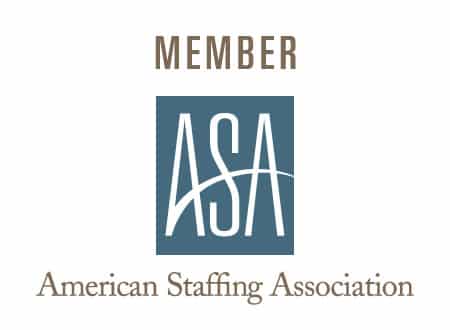Want to create top caliber performance in your organization?
Who doesn’t?!
Use these 10 tips to get people to stop making excuses and start delivering exceptional results:
- Stop accepting excuses. Are you too tolerant of excuses? Don’t be. An excuse means the job didn’t get done and accepting excuses allows failure to persist. When you stop tolerating excuses, you force people to develop solutions.
- Think in terms of priorities. The next time you hear, “I didn’t have enough time,” require the person to instead say, “I’m sorry, it was not a high enough priority.” By simply changing perspective, you will force employees to better manage their time and responsibilities and eliminate the number one excuse in business.
- Make mistakes acceptable. As a rule, employees don’t like to report bad news because they fear the repercussions. To get excuse-free behavior, make mistakes acceptable and treat them as opportunities for learning. Instead of placing blame, focus problem discussions on “what” and “why” issues, as opposed to “who.” Praise and recognize risk-takers, even when the outcome fails to achieve desired results.
- Establish mutually defined expectations for job performance. Explore what success and failure look like for each position in your company. Ensure that every job and project has specific, measurable goals.
- Share the big picture with employees. People are more motivated to succeed when they understand why they need to do something. As a leader, show them how their actions have a direct impact on the company’s success.
- Acknowledge responsibility. Require employees to commit to their responsibilities in writing. More importantly, follow-up to ensure commitments are met and to establish accountability.
- Plan contingencies. Things can and will go wrong. Take time to anticipate potential problems and set contingency plans. A proactive approach to problem solving greatly reduces opportunities for future excuses while maximizing the probability of success.
- Pay for performance. While it’s fine to recognize people for hard work, it’s important to reward them for results. Structure reward systems to only provide tangible compensation based on achieving measurable results. Ideally, offer rewards on an “all or nothing” basis. Simply put, if the goal is not fully met, no reward is earned.
- Create support systems. Let employees know where to get help when problems arise. Failure most often occurs when employees don’t know how or where to get assistance, so make sure your staff has access to training, mentoring, internal “help desks” and/or any other resources they may need to do their jobs correctly.
- Conduct post-mortems. At the end of every project, debrief employees. If they succeeded, praise them and discuss why the project was a success. If the employees didn’t succeed, turn the failure into a positive learning experience.
Quick Tips for Maximizing Temporary Employee Performance
Temporary employees can help you reduce stress on core employees, enhance productivity, control costs and manage risks. And like your own employees, temporaries need to be held accountable for results:
- Provide clear expectations to your staffing vendor.
- Include measurable goals in each temporary’s job description.
- Provide an initial orientation, reviewing: company products/services, the department’s function, job responsibilities, performance expectations, available resources.
- Have supervisors closely monitor first day performance. If a temporary fails to meet your expectations, replace him immediately.
Performance management is a vital component in your organization’s continued success. Ensure that success with Wood Personnel’s full complement of staffing solutions. Whether you need to improve productivity, increase operating efficiencies or streamline your staffing function, we can custom design a solution to fuel exceptional performance throughout your company. Contact Wood Personnel today to learn more.


